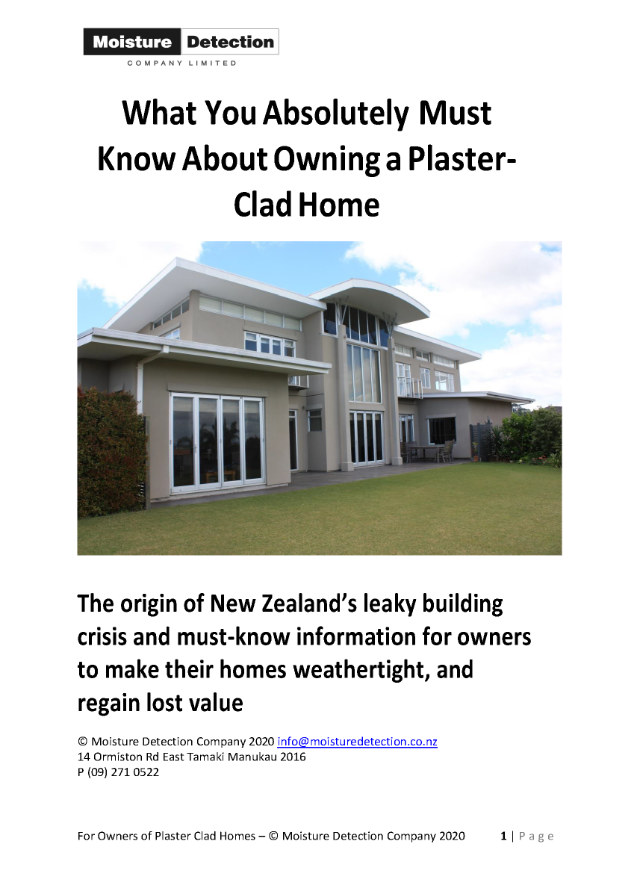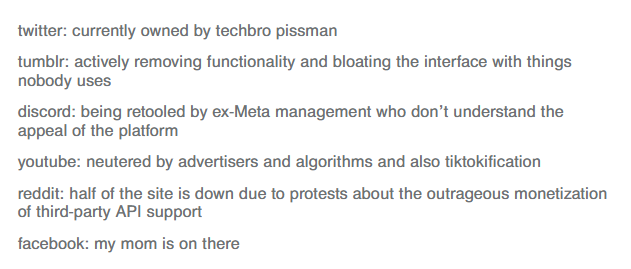For homeowners and buyers, there’s a great guide from Moisture Detection Co. Ltd. called What You Absolutely Must Know About Owning a Plaster-Clad Home, subtitled The Origin of New Zealand’s Leaky Building Crisis and Must-Know Information for Owners to Make Their Homes Weathertight, and Regain Lost Value.
My intent isn’t to repeat someone’s copyrighted information in full, but there are some highlights in there that show how the erosion of standards has got us where we are today. It’s frightening because the decline in standards has been continual over decades, and the authorities don’t seem to know what they are doing—with perhaps the exception of the bidding of major corporations who want to sell cheap crap.
The document begins with the 1950s, when all was well, and houses rarely rotted. Houses had to have treated timber, be ventilated, and have flashings.
They note:
By the time 1998 rolled around, NZ Standards, the Building Industry Association, and BRANZ had systematically downgraded the ‘Belts and Braces’ and were allowing houses to be built with untreated framing, with no ventilation, and poorly designed or non-existent flashings and weatherproofing.
Councils accepted these changes at ‘face value’ without historical review. They issued building consents, inspected the houses, and gave Code of Compliance Certificates. Owners believed they had compliant, well-constructed buildings, but they did not.
Shockingly, by 1992, the treatment level for framing timber could be with ‘permethrins (the same ingredient as fly spray)’, while one method used methanol as a solvent and increased decay. By 1998 ‘Untreated Kiln Dried Timber (UTKD) was allowed for framing’. The standards improved slightly by 2005 but it’s still well off what was accepted in 1952 and 1972.
We recently checked out a 2009 build using plaster cladding and researching the methods of construction, including the types with cavities, we are far from convinced the problems are gone.
Talking to some building inspectors, there is plenty of anecdotal evidence on how shaky things still look.
Since we moved to Tawa and made some home improvements, we realize a lot of people in the trade do not know what they are talking about, or try to sell you on a product totally unsuited to your needs. This post is not the place for a discussion on that topic, but one day I might deal with it.
However, I am surprised that so many of the tried-and-trusted rules continue to be ignored.
Sometimes people like me go on about “the good old days” not because we don rose-coloured glasses, but we take from them the stuff that worked.
It’s not unlike what Bob Hoffman included in his newsletter today.
As I’ve also no desire to take the most interesting part—a diagram showing that for every dollar spent on programmatic online advertising, a buyer only gets 3¢ of value ‘of real display ads viewed by real human people’—I ask you to click through.
Again, it’s about basic principles. If so many people in the online advertising space are fudging their figures—and there’s plenty of evidence about that—then why should we spend money with them? To learn that you get 3¢ of value for every dollar spent, surely that’s a big wake-up call?
It won’t be, which is why Facebook and Google will still make a ton of money off people this year.
The connected theme: rich buggers conning everyday people and too few having the bollocks to deal with them, including officials who are meant to be working for us.







